Analysis of Oligonucleotides by SEC-MALS
Anders Fridström, Analytical Scientific Liaison Manager
Merck
ABSTRACT
Oligonucleotide’s importance in the generation of new pharmaceutical therapies have been increasingly evolving in recent years with 10 FDA approved therapies in 2020.1 This emerging field of therapies often requires improved or alternative analytical methods to accelerate development and assure the safety of the drug. This article describes the ability of ultra-high performance size exclusion chromatography to distinguish N and N-1 oligonucleotide species.
INTRODUCTION
In recent years, several oligonucleotide drugs for gene silencing, such as short interfering RNA (siRNA) and antisense oligonucleotides (ASOs) have been approved and microRNA (miRNA) and aptamers are being developed as therapeutic platforms.1 The promising CRISPR-Cas system also requires a specific RNA moiety - guiding RNA - to recruit and direct the Cas nuclease activity.
Therapeutic oligonucleotides are produced through a synthetic, solid-phase chemical synthesis. Despite improvements in oligonucleotide synthesis, and despite the most ardent post-synthesis clean-up, there will be some heterogeneity with regards to oligonucleotide distribution. Monitoring of impurities in this distribution is a fundamental aspect of process and quality control. This fundamental assessment is typically done by capillary gel electrophoresis (CGE) or anion exchange chromatography. Here, we present the ability of size exclusion chromatography to discriminate oligonucleotides differing by one base in length. The 2 μm silica-based stationary phase, TSKgel® UP-SW2000, with a pore size of 125 Å, was used in combination with UHPLC and UHPLC-MALS systems.2
ANALYSIS OF OLIGONUCLEOTIDES BY SEC2
TSKgel® UP-SW2000 is a recently developed silica-based 2 μm, 125 Å pore size SEC column designed for the separation of small proteins, peptides, and oligonucleotides. The column can be used in both HPLC and UHPLC systems and is ideally suited for method transfer from conventional silica-based size exclusion columns to UHPLC technology. Two, 30 cm TSKgel® UP-SW2000 columns in series were used to analyze a mixture of two oligonucleotides differing by only one base.
EXPERIMENTAL CONDITIONS
Results
Figure 1 demonstrates that UP-SW2000 can be used to separate a 20-mer and its N-1 19-mer.
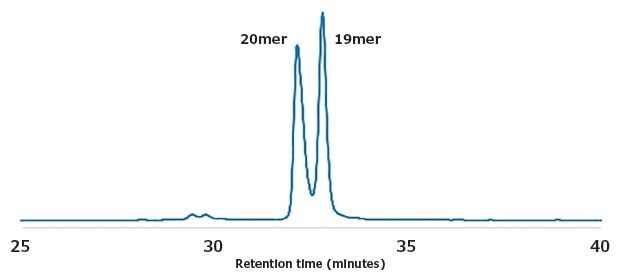
Figure 1.Separation of N and N-1 Oligonucleotides.
SEC-MALS Analysis of Oligonucleotides2
Crude and purified oligonucleotide samples were analyzed by SEC-MALS using LenS3® multi-angle light scattering detector.
EXPERIMENTAL CONDITIONS
Results
Figure 2 shows the comparison of chromatograms of the crude and purified oligonucleotide samples and Figure 3 shows the molecular weight distribution of the unpurified 20-mer. The molecular weight trace clearly indicates the presence of higher and lower molecular weight impurities.
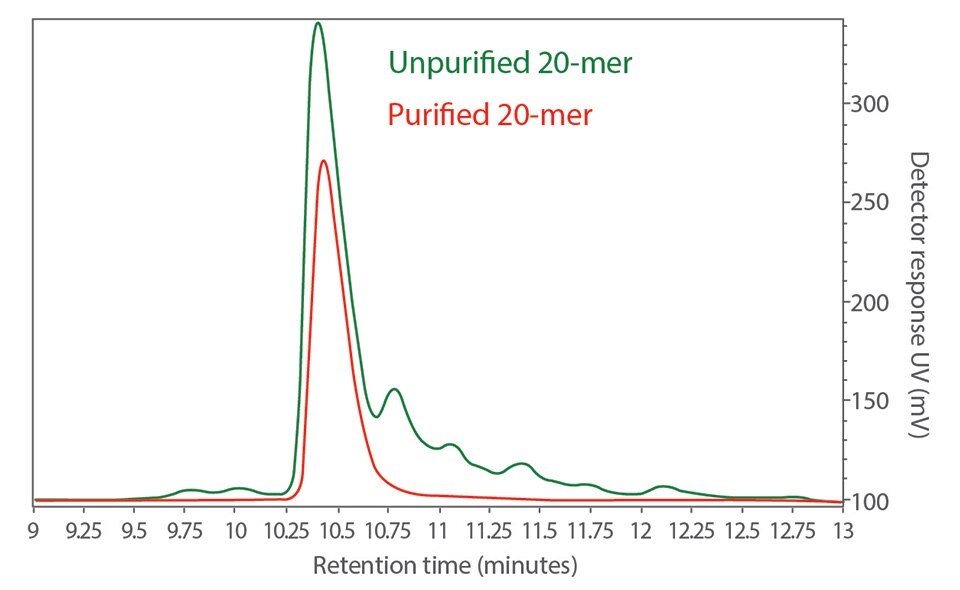
Figure 2.Overlay of unpurified and purified 20-mer UV chromatograms.
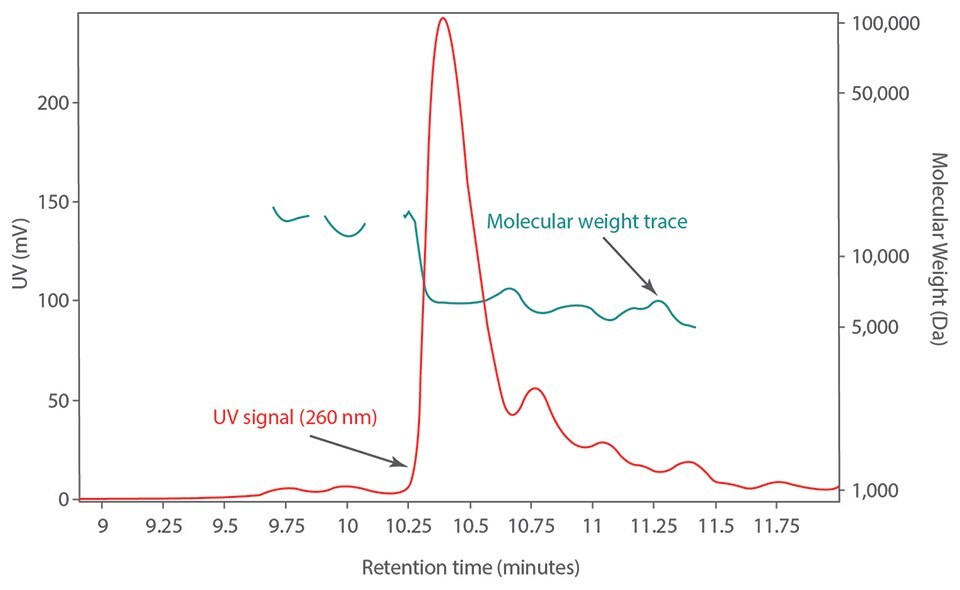
Figure 3.Molecular weight distribution (green) of the unpurified 20-mer.
The peak analysis (Figure 4 and Table 1) allows a molecular weight profiling of the product and the impurities. The MALS analysis of the purified sample (Figure 5) proves the high purity of the 20-mer oligonucleotide. The good reproducibility of retention time and calculated molecular weight of the purified 20-mer is shown in Table 2 (triplicate injection).
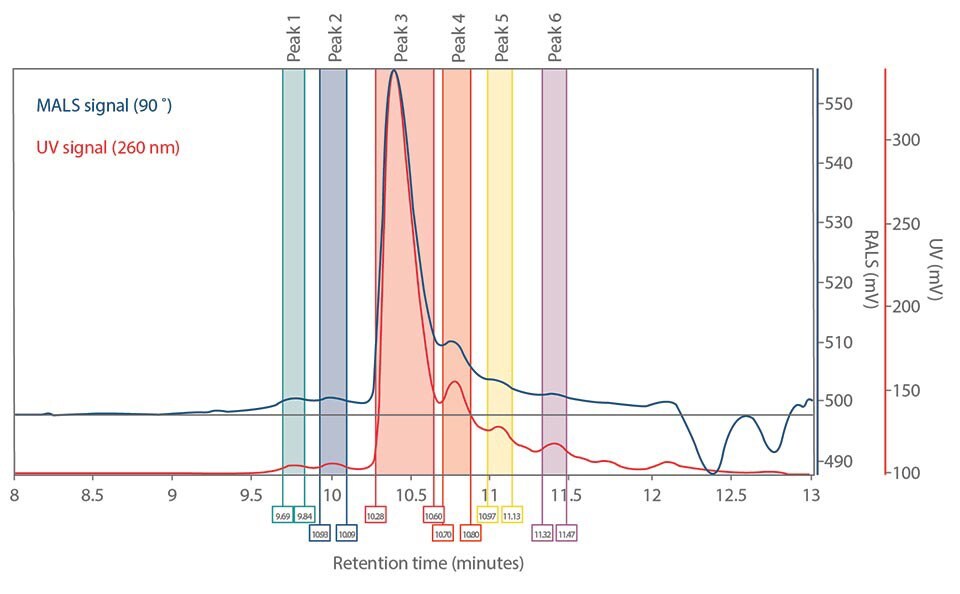
Figure 4.Peak analysis of the unpurified 20-mer.
The peak analysis (Figure 4 and Table 1) allows a molecular weight profiling of the product and the impurities. The MALS analysis of the purified sample (Figure 5) proves the high purity of the 20-mer oligonucleotide. The good reproducibility of retention time and calculated molecular weight of the purified 20-mer is shown in Table 2 (triplicate injection).
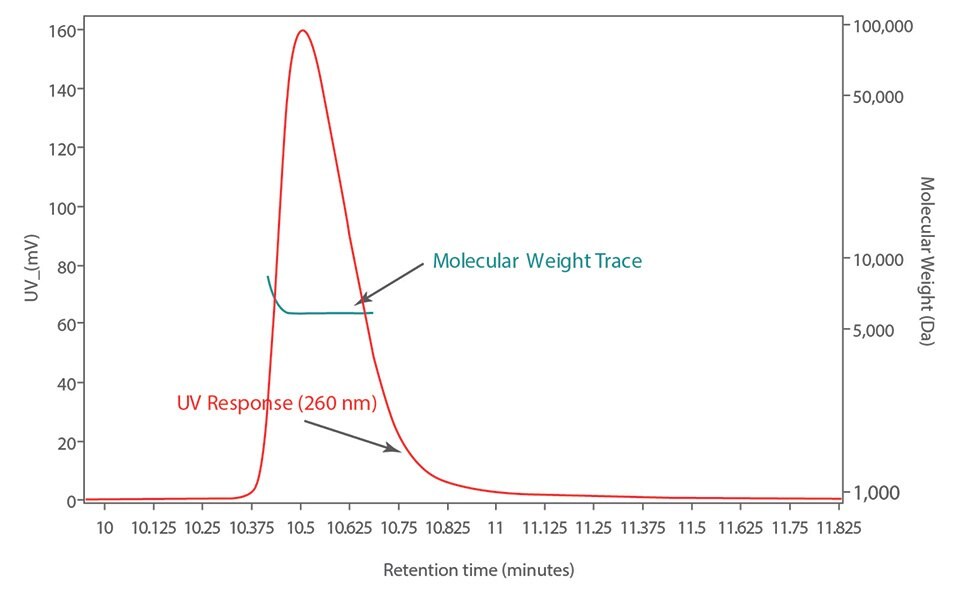
Figure 5. Molecular Weight distribution (green) of the purified 20-mer.
CONCLUSION
TSKgel® UP-SW2000 is a size exclusion column designed for UHPLC analysis of biomolecules of a molecular weight of 1 to 150 kDa. The separation range is ideally suited to analyze small proteins or peptides and their aggregates. This study shows that this column can also be used to analyze oligonucleotides by (U)HPLC. Multi-angle light scattering detection delivers additional information on the molecular weight of the oligonucleotide and any impurities present in the sample.
References
如要继续阅读,请登录或创建帐户。
暂无帐户?